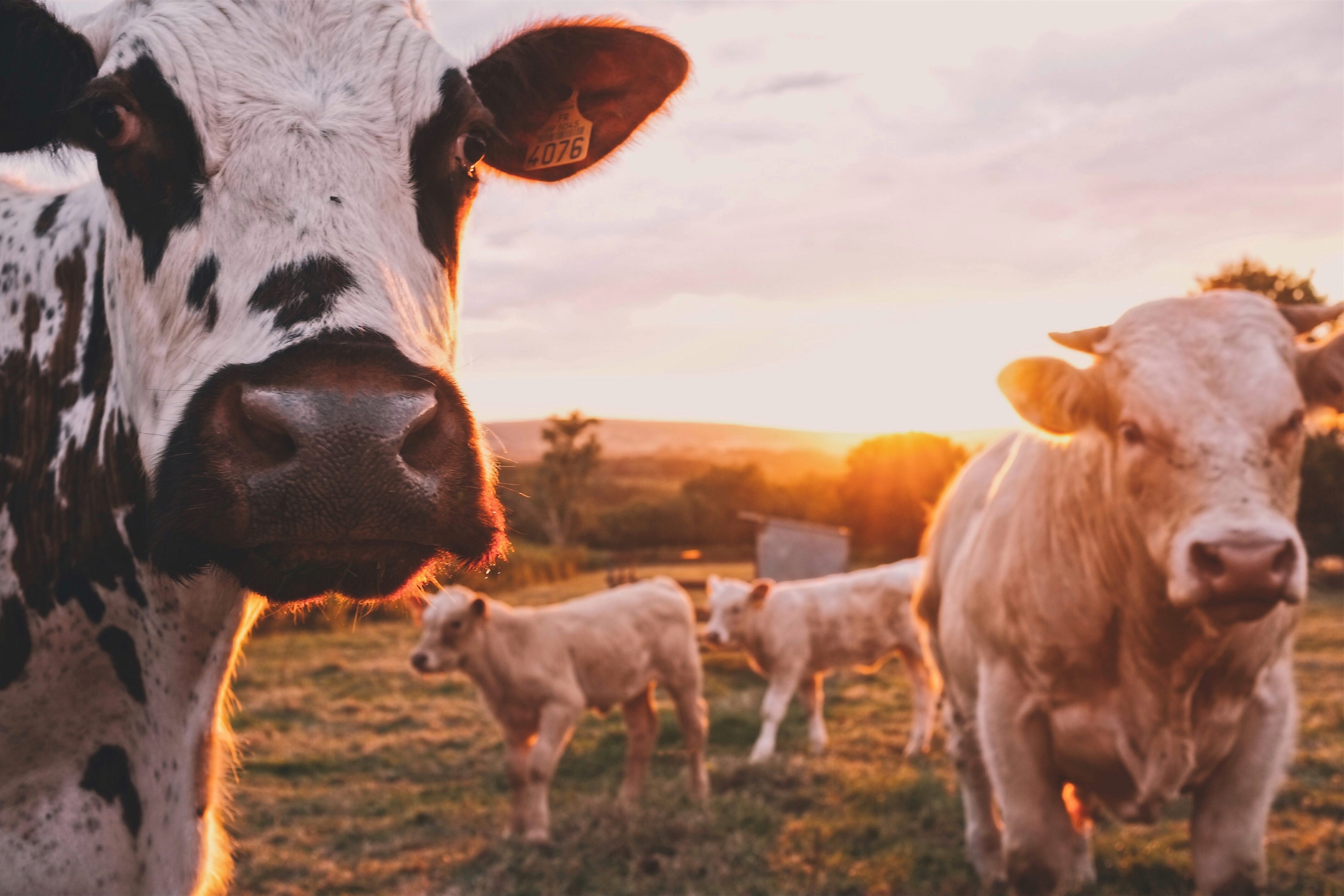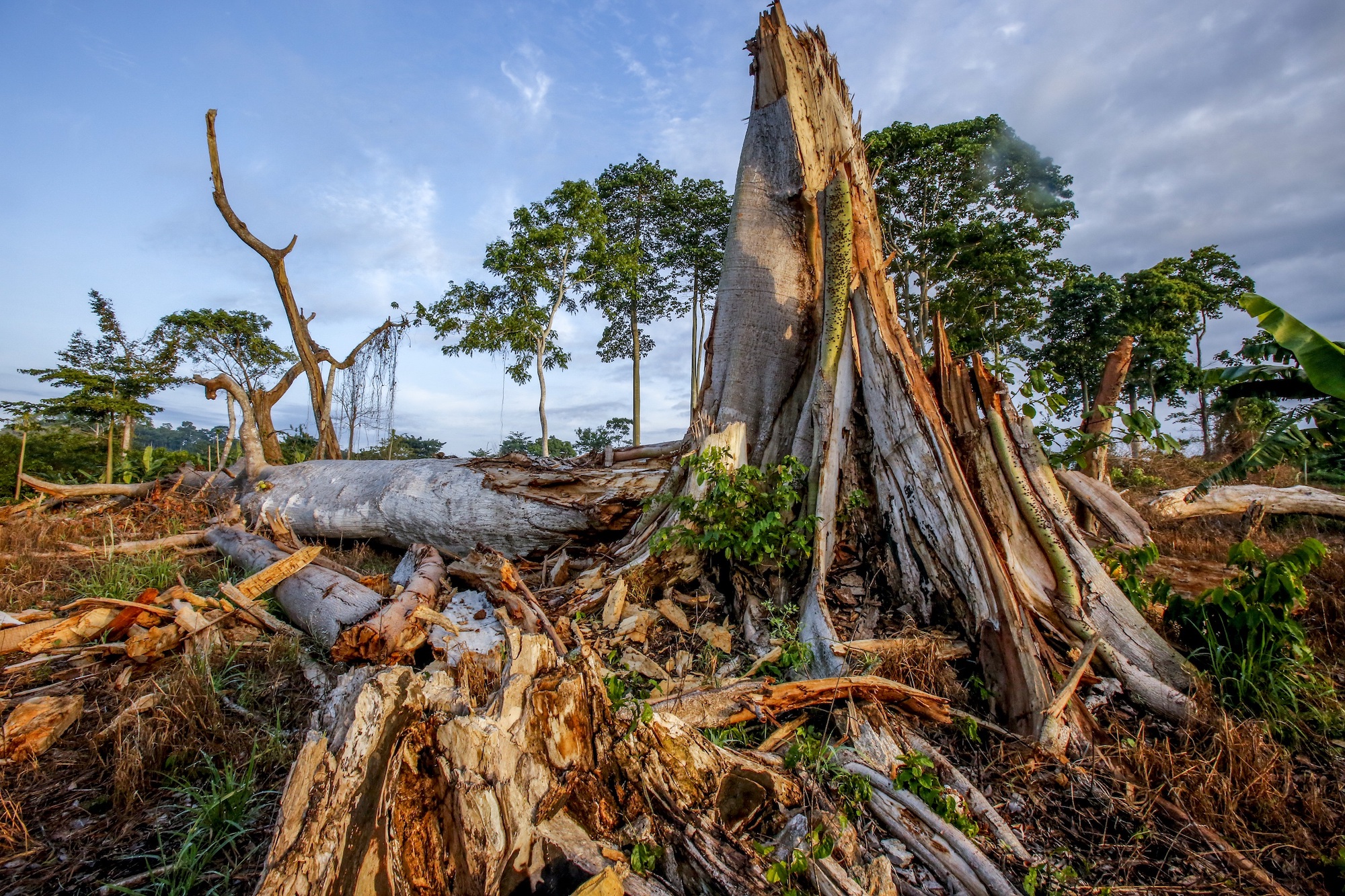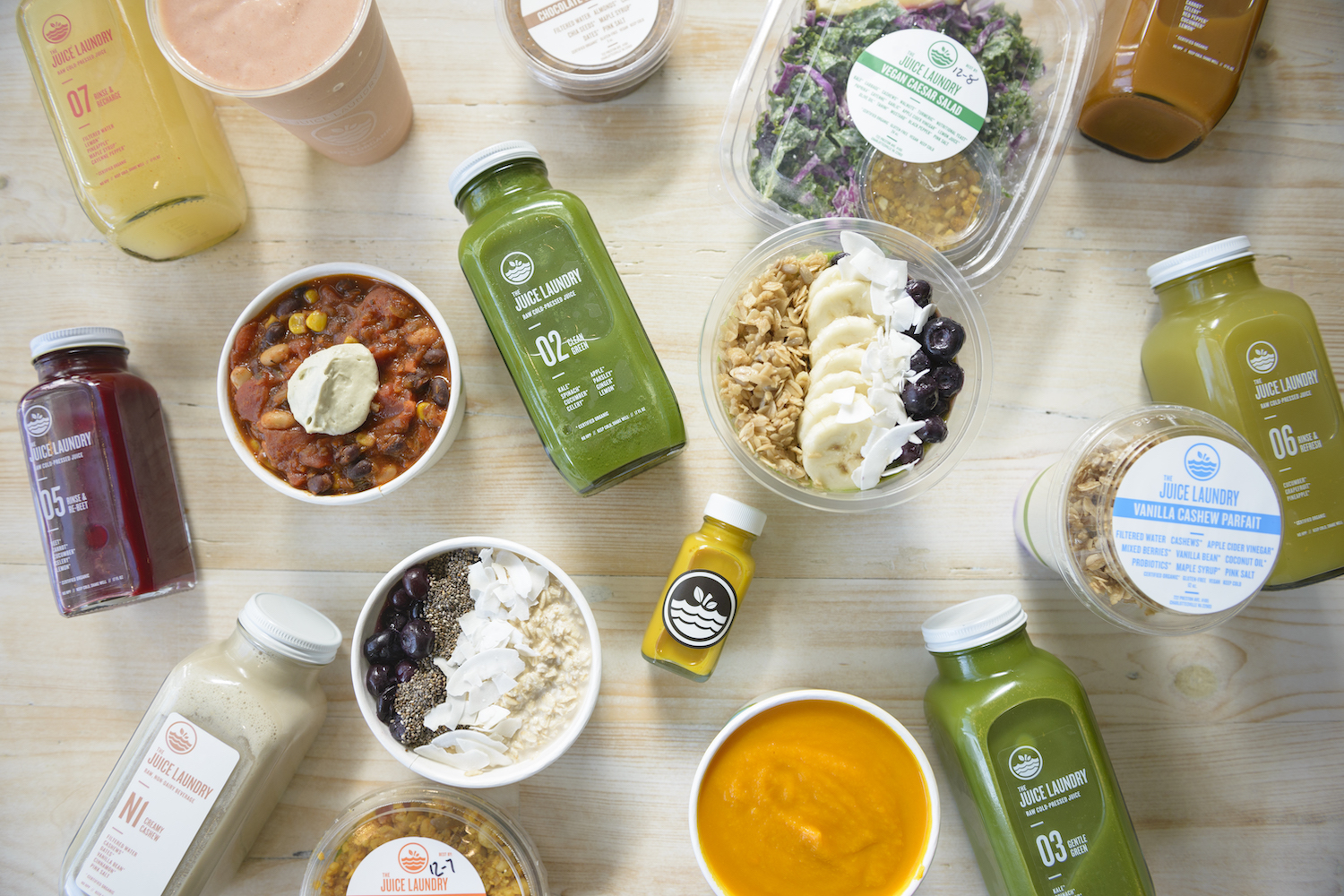PLANT-BASED LIFESTYLE
veg·an
/ˈvēɡən/
noun · adjective

ALRIGHT, HERE'S
THE DEAL...

We're not here to tell you how to live your life. But if you care about your own personal health, the welfare of all beings, and/or the future of our planet, it's at least worth knowing the facts. By adopting even just some elements of a more plant-based lifestyle
YOU CAN MAKE A HUGE DIFFERENCE!
GOING VEGAN SAVES:
600
GALLONS OF
WATER
45
POUNDS OF
GRAIN
30
SQ FT OF
FOREST
10
POUNDS OF
CO2
1
ANIMAL'S
LIFE
EVERY SINGLE DAY!

HOW GOING VEGAN
HELPS THE PLANET

Animal agriculture is responsible for 91% of the deforestation of the Amazon rainforest; 1-2 acres are cleared every second for grazing lands.
Animal agriculture is responsible for more greenhouse gas emissions than all the world's transportation systems combined.
Raising livestock causes 65% of all nitrous oxide emissions. Nitrous oxide has 296 times the global warming potential of CO2 and stays in the air for over 150 years.
In the US, 80-90% of our overall water consumption is used to produce meat.
It takes 1,000 gallons of water to produce just one gallon of milk. It takes 5,000 gallons of water to produce one pound of meat. By contrast, the water footprint of vegetables is about 40 gallons per pound.
Livestock and livestock feed cover 1/3 of the Earth's ice-free land.
A dairy farm with 2,500 cows produces the same amount of waste as a city of 411,000 people (and without a waste treatment system, the excrement ends up in our rivers, lakes, and oceans).
75% of the world's fisheries are depleted or exploited; this means we could see fishless oceans by 2048.
For every 1 pound of fish caught, 5 pounds of unintended by-kill (sharks, whales, dolphins, turtles, etc.) are caught and killed in fishing nets.
The world’s cattle alone consume a quantity of food equal to the caloric needs of 8.7 billion people, more than the entire current human population of the Earth.
More than 6 million animals are slaughtered worldwide every hour for meat consumption. We are currently farming enough food to feed 10 billion people.
82% of starving children live in countries where food is fed to animals which are then eaten in western countries.

